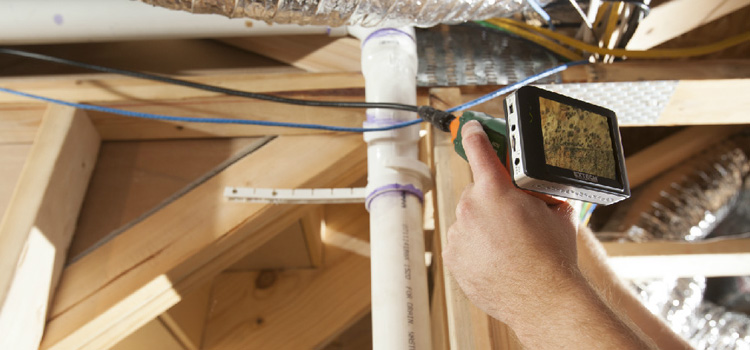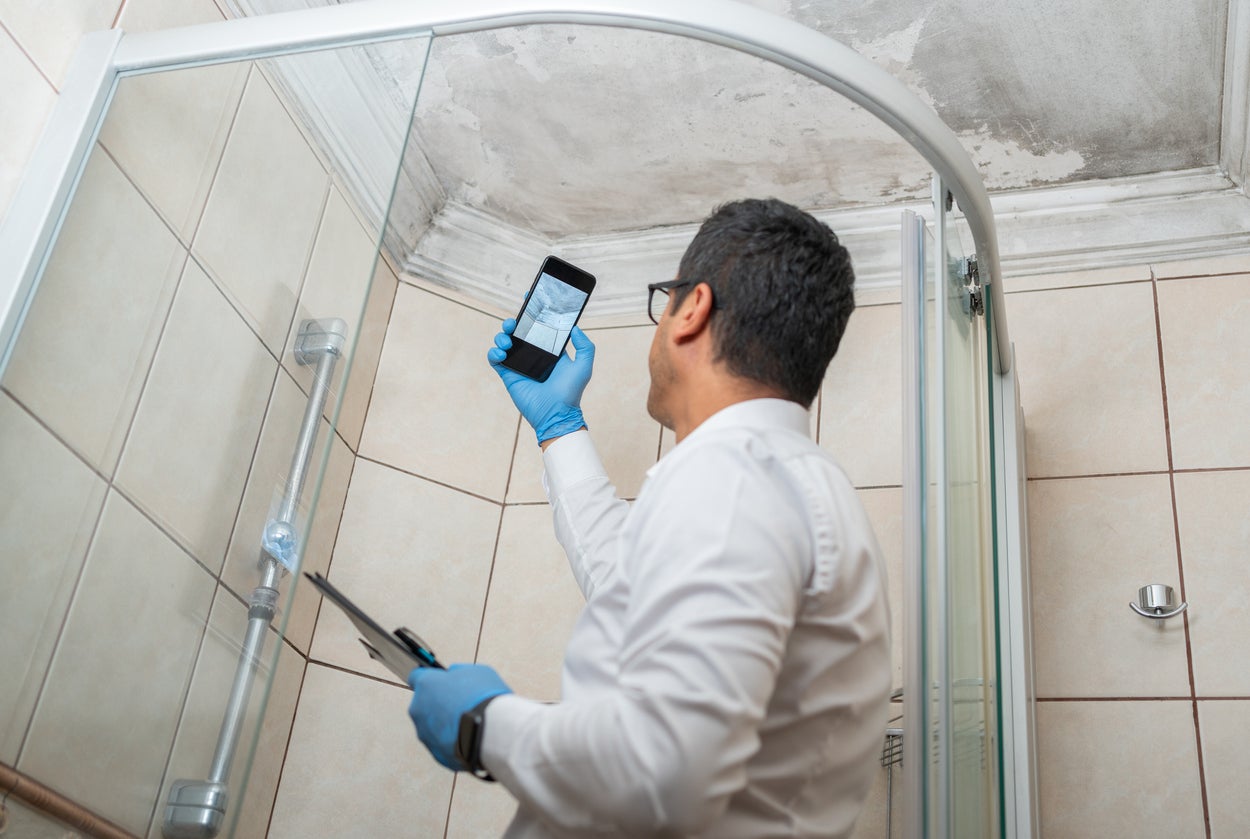Ensuring Post Remediation Verification Accuracy
Your Ultimate Guide to Article Mold And Mildew Remediation Techniques
Navigating the realm of post-mold remediation strategies is a meticulous procedure that requires focus to detail and a comprehensive understanding of the details involved. In the after-effects of mold invasion, knowing how to properly get rid of the mold and mildew and avoid its reoccurrence is critical for maintaining a healthy and balanced interior atmosphere. From choosing the ideal cleansing and disinfecting techniques to carrying out strategies for long-term mold avoidance, each action in the removal journey plays a crucial duty in making certain a successful end result. As we start this expedition of post-mold remediation methods, we will certainly discover the essential techniques and best techniques that can aid you recover your area to its pre-mold problem and guard it versus future mold and mildew threats.
Recognizing Post-Mold Removal Refine
After completing the mold remediation procedure, it is vital to recognize the post-mold removal methods that are needed to make certain a thorough and effective cleanup. When the mold has actually been removed, the following step includes cleaning and disinfecting the impacted areas to avoid any type of regrowth of mold. This includes utilizing specialized cleaning up agents to clean down surfaces and eliminate any type of continuing to be mold and mildew spores. It is important to dry the location entirely to dissuade the development of mold in the future (Post Remediation Inspection near me). Proper ventilation and dehumidification can aid in this procedure.
Furthermore, carrying out a last examination post-remediation is important to make sure that all mold and mildew has actually been effectively removed. If the examination discloses any kind of sticking around mold, additional remediation might be essential.
Effective Cleaning and Sanitizing Approaches

Stopping Future Mold Development

Significance of Proper Air Flow
Correct air flow plays a vital function in preventing wetness accumulation, a key aspect in mold growth within interior settings. Efficient ventilation systems help remove excess moisture from the air, minimizing the chances of mold and mildew spores finding the dampness they need to spread out and germinate. Without ample air flow, indoor areas can come to be a reproduction ground for mold and mildew, leading to prospective wellness dangers and architectural damage.
By ensuring appropriate air circulation, air flow systems can also aid in drying out wet areas quicker after water damages or flooding cases, find more further hindering mold and mildew development. Post Mold Remediation Report. In rooms like restrooms, basements, kitchen areas, and attics where wetness degrees often tend to be higher, setting up and keeping effective ventilation systems is essential in protecting against mold and mildew problems

Surveillance and Upkeep Tips
Given the important role that correct ventilation plays in stopping mold growth, it is imperative to establish reliable monitoring and maintenance suggestions to guarantee the continued performance of ventilation systems. Tracking humidity levels within the residential or commercial property is likewise critical, as high humidity can contribute to mold development. By remaining aggressive and attentive to the condition of ventilation systems, building proprietors can effectively reduce the threat of mold regrowth and keep a healthy indoor environment.
Final Thought
Finally, post-mold remediation methods are crucial for making sure a tidy and secure setting. Recognizing the procedure, executing effective cleaning and decontaminating approaches, stopping future mold and mildew growth, preserving proper air flow, and regular tracking are all important action in the removal process. By adhering to these guidelines, you can efficiently remove mold and stop its return, functioning or promoting a healthy living room for all passengers.
In the aftermath of mold and mildew invasion, knowing exactly how to successfully remove the mold and mildew and prevent its reoccurrence is paramount for keeping a healthy indoor setting. When the mold and mildew has actually been gotten rid of, the next step includes cleaning and decontaminating the impacted locations to prevent any type of regrowth of mold and mildew - Post Remediation verification. After getting rid of visible mold development, it is essential to clean up all surface areas in the affected location to eliminate any kind of remaining mold and mildew spores. To additionally boost mold and mildew prevention actions, it is vital to address underlying issues that originally led to mold and mildew development.Given the important duty that proper ventilation plays in protecting against mold and mildew growth, it is necessary to develop effective monitoring and upkeep tips to make sure the ongoing functionality of ventilation systems